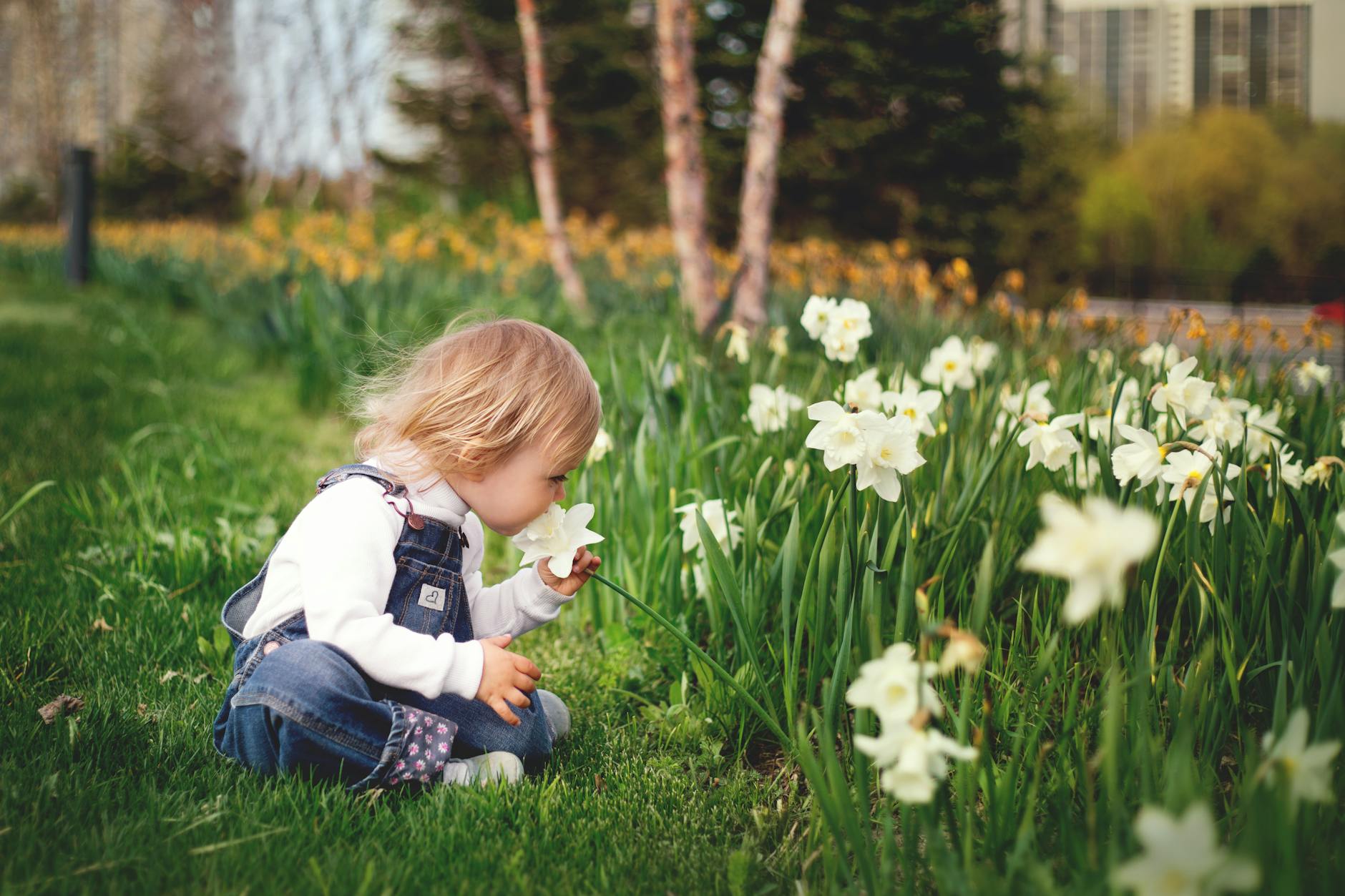By. A. A. French, M.Ed.
Early to mid-summer is always full of colorful blossoms, each with a unique design, scent, and allure. In the Northeast, each summer month offers various wildflower colors and garden blooms. This time of year provides a fantastic opportunity for gardeners and families to try out their newly acquired or experienced gardening skills. Of course, not only can flower gardens and wildfires provide an exquisite tapestry of color for your yard or nature walk, but they can also provide learning opportunities to learn about different flower species and uses.
In my classroom, I often planted flowers in early spring in hopes that they would be ready for students to present to their moms for Mother’s Day. Marigold and sunflower seeds were often simple to grasp and plant for little hands. Sunflowers, of course, have seeds that are edible for humans, birds, and other critters. However, according to Amy Grant from gardeningknowhow.com, there are many uses for marigolds. “There they were referred to as “Mary’s Gold” in deference to the Virgin Mary as well as a nod to their gilded hues. Marigolds are used in Pakistan and India to dye cloth and make flower garlands for harvest festivals. Here, marigolds are used as food as well. The ancient Greeks also used marigolds as food, or rather in it. The use of marigolds is for the most part to add brilliant color, much like saffron threads, to impart a gorgeous golden hue to dishes.” There is so much meaning and many uses for one small golden flower!
Planting flowers, whether in the classroom or in your own backyard, can be a great experience for young children to learn about plant parts and the needs of plants for survival. Simple diagrams, like the one below, can help students and children compare the parts of their flowers and observe the plant parts in real life.

Art can be incorporated when prompting students to draw the parts they observe as well.
Lastly, teaching children about pollination and learning how to plant a pollinator garden or spreading wildflower seeds that attract pollinators can also be a fun activity. There is so much to learn about flowers! Bringing your children to the garden to enjoy some time among the beautiful sights and smells can be a wonderful summer experience!


Leave a Reply